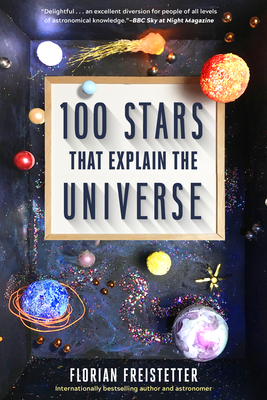What do you think?
Rate this book


304 pages, Paperback
First published April 15, 2021
In the stories of the Wardaman people of northern Australia, a ginan is a traditional bag filled with stories and songs and myths about the creation of the world.Apologies in advance if I’m ruining your childhood here, but did you know that shooting stars aren’t actually stars?
They are miniature lumps of rock only a few millimetres wide, and you can find them as space dust everywhere between the planets of our solar system. When Earth meets one of these grains of interplanetary dirt, we see a shooting star. The speck of dust hits the Earth’s atmosphere with a typical speed of between 30 and 70 kilometres per second. During its high-speed flight through the atmosphere, it rips electrons from the shells of the atoms of which the air consists; and when these now shell-less atoms recapture one of the liberated electrons and reattach it, they emit energy in the form of light, which we then perceive as a shooting star.Then there’s the “brightest and most massive” star. This honour goes to R136a1 from the Tarantula Nebula, which is almost 180,000 light years from Earth.
The whole thing takes place about a hundred kilometres above us and lasts only a few seconds.
If R136a1 was where the Sun is, it would exceed the Sun’s brightness by as much as the Sun’s exceeds the Moon’s. R136a1 is a whole 265 times heavier than the Sun, and if it really was the centre of the solar system, the massive increase in gravitational force would shorten Earth’s orbit from 365 days to a mere 21.This book reminded me that not only did The X-Files teach me Latin, it also taught me astronomy. So many years later, I came across the term syzygy in this book and not only did I know what it meant, I also remembered the storyline of the episode that introduced me to the word. Thank you, Chris Carter.